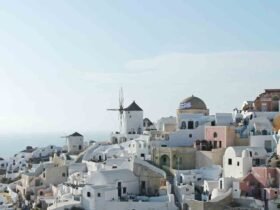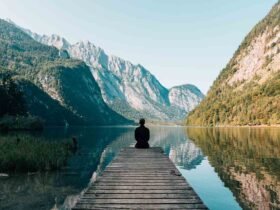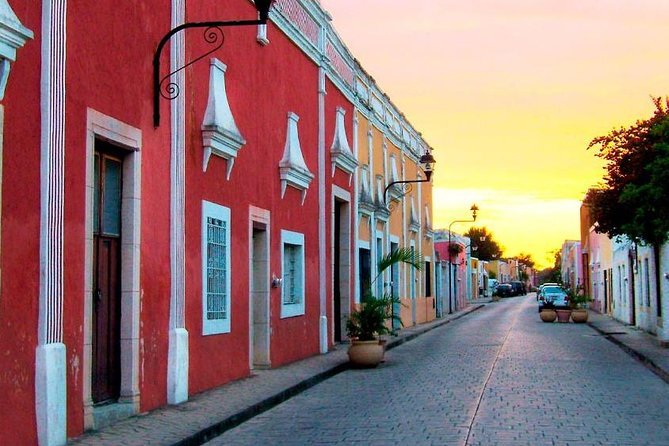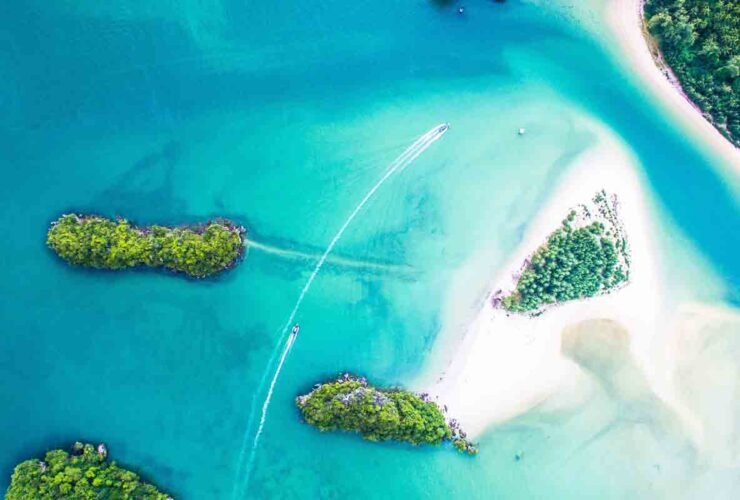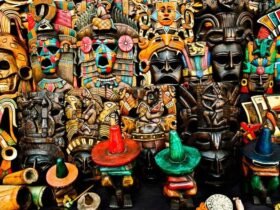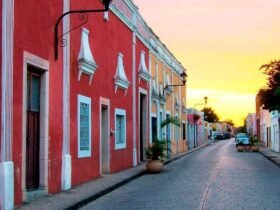The Latest News
The Yucatan Peninsula offers visitors a treasure trove of history, from the pre-Columbian archeological sites of the Maya civilization, to 16th century towns settled by the Spanish. Experience this history firsthand with a full-day tour from Cancun or the Riviera Maya. See the ancient Maya site Chichen Itza (admission not included) the pyramid of Kukulcan, and explore the architecture in Valladolid. After a busy day exploring, refresh yourself in the waters of the Saamal, and enjoy a delicious buffet meal. Visit Valladolid, Chichen Itza (own expense), and Saamal on a daylong excursion Enjoy time for souvenir shopping, photo ops at the sights, and swimming Get great inclusions—sight entry, buffet lunch, and cuisine demonstration Hotel pickup provided from Cancun, Playa del Carmen, and Riviera Maya hotels.
cenote (English: /sɪˈnoʊti/ or /sɛˈnoʊteɪ/; American Spanish: [seˈnote]) is a natural pit, or sinkhole, resulting from the collapse of limestone bedrock that exposes groundwater. The regional term is specifically associated with the Yucatán Peninsula of Mexico, where cenotes were commonly used for water supplies by the ancient Maya, and occasionally for sacrificial offerings. The term derives from a word used by the lowland Yucatec Maya—tsʼonot—to refer to any location with accessible groundwater.[2][3] It is one of an estimated 10,000 cenotes,[4] water-filled sinkholes naturally formed by the collapse of limestone, located across the Yucatán Peninsula, in Mexico, some of them are at risk from the construction of the new tourist Maya Train.[4] Similar rock-sided sinkholes like cenotes are common geological forms in low-altitude regions, particularly on islands, coastlines, and platforms with young post-Paleozoic limestone with little soil development. The term cenote has also been used to describe similar karst features in other countries such as Cuba and Australia.
The Maya civilization (/ˈmaɪə/) of the Mesoamerican people is known by its ancient temples and glyphs. Its Maya script is the most sophisticated and highly developed writing system in the pre-Columbian Americas. It is also noted for its art, architecture, mathematics, calendar, and astronomical system. The Maya civilization developed in the Maya Region, an area that today comprises southeastern Mexico, all of Guatemala and Belize, and the western portions of Honduras and El Salvador. It includes the northern lowlands of the Yucatán Peninsula and the highlands of the Sierra Madre, the Mexican state of Chiapas, southern Guatemala, El Salvador, and the southern lowlands of the Pacific littoral plain. Today, their descendants, known collectively as the Maya, number well over 6 million individuals, speak more than twenty-eight surviving Mayan languages, and reside in nearly the same area as their ancestors.
Valladolid (Spanish: [baʝaðoˈlið] (listen); Saki in Maya) is a city located in the eastern region of the Mexican state of Yucatán. It is the seat of Valladolid Municipality. As of the 2020 census the population of the city was 56,494 inhabitants (the third-largest community in the state after Kanasín), and that of the municipality was 85,460. The municipality has an areal extent of 945.22 km2 (364.95 sq mi) and includes many outlying communities, the largest of which are Popolá, Kanxoc, Yalcobá, and Xocén. Valladolid is located approximately 170 km (105 mi) east of the state capital Mérida, 40 km (25 mi) east of Chichén Itzá, and 150 km (93 mi) west of Cancún. On August 30, 2012, Valladolid became part of the Pueblo Mágico promotional initiative led by the Mexican tourism department.




